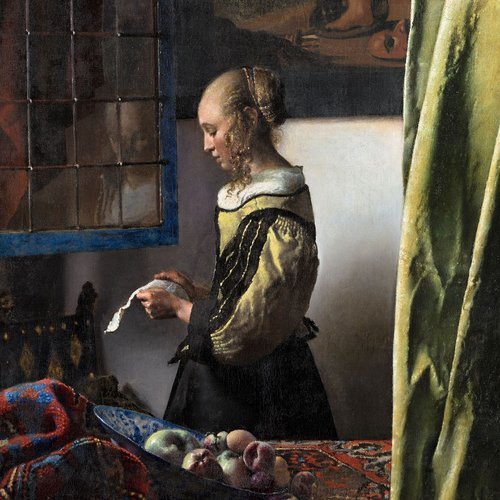Porcelain Circling the Globe
31 May 2018Porcelain 1
An international conference on the global trade of East Asian porcelain during the 17th and 18th centuries, hosted by the Dresden Porzellansammlung
13 and 14 June 2018, Atrium of the Albertinum
The Porzellansammlung will be hosting a large international conference. Notable experts from China, Japan and Europe will present the latest insights into the trade of East Asian porcelain which took place on a global scale in the seventeenth and eighteenth centuries.
During the two days of the conference, researchers will discuss the effectiveness of individual networks of traders, agents and prominent collectors such as Louis XIV, August the Strong and Max Emanuel of Bavaria. Some of the speakers are affiliated with university institutions, including the renowned SOAS at the University of London and the Centre André Chastel in Paris, while others are associated with museums which have significant holdings of East Asian porcelain, including the Kyushu Ceramic Museum in Arita (Japan) and the Rijksmuseum in Amsterdam.
We expect close to 300 participants from around the world, including representatives of the universities in Hong Kong, Princeton and Oxford, and researchers from the Palace Museum in Taipei and from the Getty Museum in Los Angeles, the New York Metropolitan Museum and the Royal Collection in London. Collectors from everywhere from Tokyo to Toronto will be travelling to the conference.
Dresden is a perfect location for such an event: Born from the fascination August the Strong held for the “white gold”, Dresden’s porcelain collection today is world renowned as a point of reference both in terms of the first European porcelain made at Meissen and of Chinese and Japanese porcelain of the 17th and 18th century - the largest holdings of East Asian porcelain outside China and Japan. The unusually plentiful surviving written sources on the development of the Baroque collection are furthermore highly valuable to science. An analysis of them carried out in a research project supported by the German Research Foundation (DFG) has produced new insights about the pathways of acquisition and prices for porcelain as well as about the intentions of merchants and buyers. Such knowledge cannot be gained from the study of any other collection.
The large trading companies of the early modern period acted on a global scale. The Dresden collection demonstrates that the ever-increasing import of foreign luxury goods, which both disrupted and stimulated the local markets, had a shaping influence on the material culture of Europe. Trading porcelain in Asia and beyond was in the hands of individual actors and they take centre stage at the conference in Dresden.
Julia Weber, Director of the Porzellansammlung: “In the seventeenth and eighteenth centuries, the porcelain August the Strong was able to acquire for his royal collection at the Japanisches Palais travelled on various routes around the globe. Today, porcelain lovers travel halfway around the globe to study August’s collection. We are very happy to welcome, in the truest sense of the word, the professional world here in Dresden. We have been cataloguing the historical Chinese and Japanese holdings since 2014, working closely with nearly 30 experts from around the world. The involvement of so many colleagues in the field who are working on the porcelain collection has also led to an increased interest in it. And, still, it has come as a very positive surprise that the conference now seems to be the event of the year in the field.”
The conference is part of a DFG-supported research project.
Members of the media may join the conference. Please make arrangements by writing to: presse@skd.museum.
Programme
Day 1:
The first part is dedicated to the interconnections of traders in and outside East Asia and to looking at the development of East Asian porcelain collections in Europe. The talks on this first day address the exchange of wares between China and Japan and analyse the role of local porcelain traders as intermediaries between the producers and the (foreign) wholesale merchants trading in East Asian products. The significance of the cooperation between individual merchants and trading companies, such as the Dutch East India Company, will be investigated by Christiaan Jörg (Groninger Museum/Universiteit Leiden). Stéphane Castelluccio (Centre André Chastel, Paris) and Max Tillmann (Munich) will consider the influence of private traders on the development of East Asian porcelain collections at the courts of Louis XIV and Max Emanuel of Bavaria.
Day 2:
The focus on this day will be on the acquisition history of the more than 25,000 porcelain items which August the Strong collected along with numerous prints and drawings from China and Japan. The provenance of many porcelain items is remarkably well documented, as they were entered in inventory records, which even included the names of traders and previous owners. The subjects covered include the development of August’s collection as well as the systematic cataloguing of it, which took place in the eighteenth and twenty-first centuries. Further, outstanding and little-known highlights of the royal East Asia collection will be presented.
